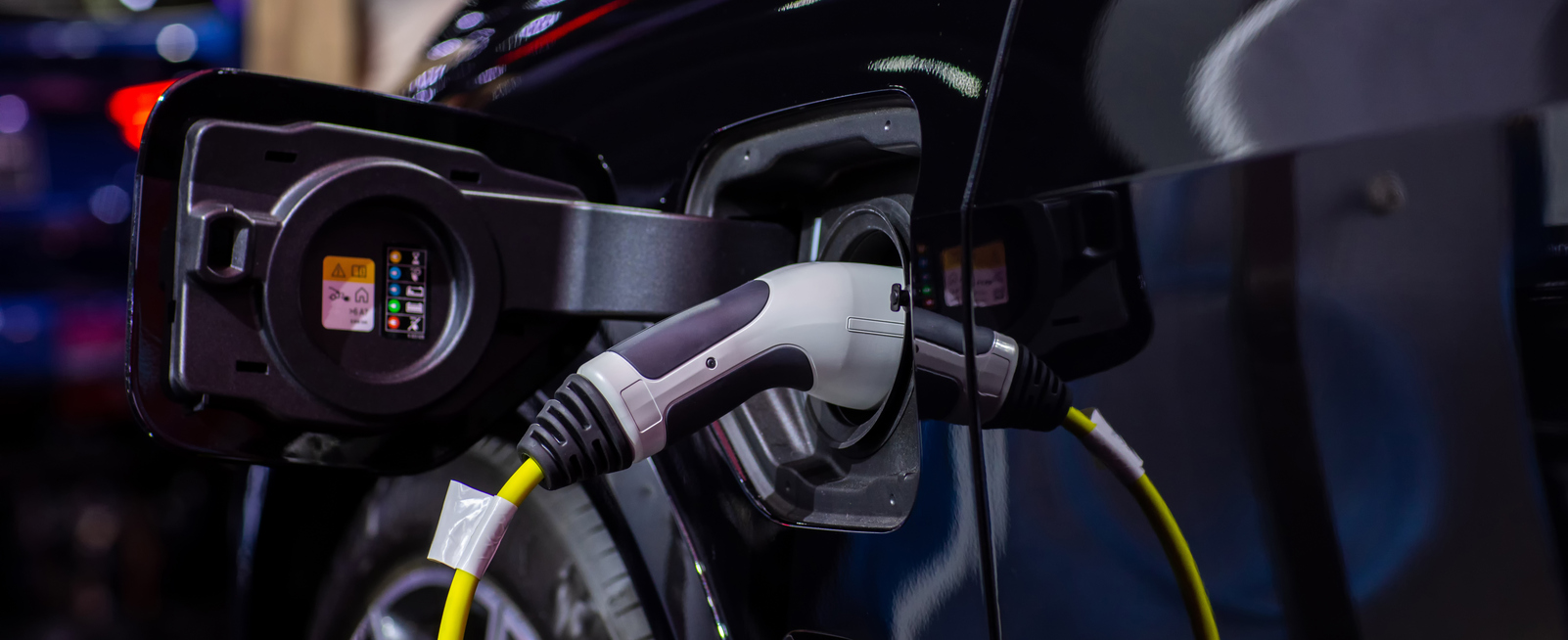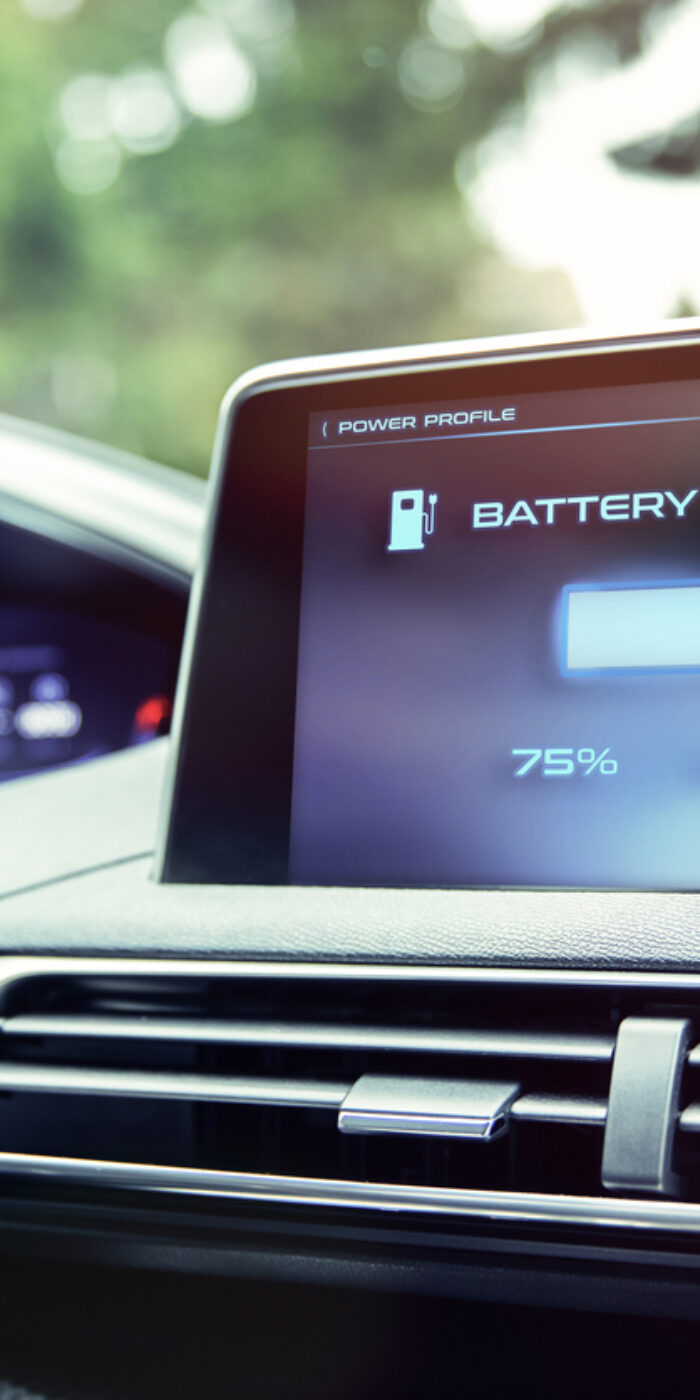An electric vehicle receives its propulsion from one (or more) electric motors. These motors pull their energy from large, generally lithium-based, batteries housed within the vehicle. The first electric vehicles emerged in the 1800s when Ányos Jedlik, a Hungarian priest, built a rudimentary, but operable electric motor which he used to power a tiny car shortly after. Despite catching on with some consumer appeal in the late 1800s in a variety of applications, they were ultimately dwarfed by the major improvements in gasoline and internal combustion engine (ICE) technology. As a result, electric vehicles (EVs) sat by the wayside until the 2000s, when companies like Elon Musk’s Tesla decided to shine the light on the missed opportunities in the EV market in America (and other countries, to an extent, but the focus here is the American market). By driving their appeal with sleek looks, environmental benefits, and early adopter perks, Musk carved a path that auto manufacturers and governments wanted to adhere to. As a result, mandates and policies came out about how to keep emissions down, and incentives appeared for consumers purchasing EVs.
This market and cultural surge toward EVs was largely possible thanks to advancements in the technology of the batteries used to power these vehicles. In addition, charging an EV can now be accomplished at many charging sites across the country or world, linked to major companies like Tesla, ChargePoint, Volkswagen, and more. While gas prices are largely dropping or in flux at the time of writing, EVs are still catching on and grabbing more of the market share in the consumer auto market. Where does that leave fleets?
Electric Vehicle Considerations and Fleet Management Organizations
When it comes to fleets, purchasing managers have a lot of factors they have to consider:
- What is the up-front capital investment?
- What is the total cost of ownership?
- Are replacement parts available?
- Can my technicians be trained on this, or is it outsourced maintenance only?
- Are charging stations readily available? Are they safe?
The questions really start to pile up when a disruptive new technology is considered for widespread adoption. As a result, some vehicles have really started to become favorable to many fleets.
Vehicles like the Chevrolet Bolt or Nissan Leaf are competitive in this public fleet space. They come from established manufacturers, feature adequate range estimates, are compact, generally affordable, and claim high safety ratings. Vehicles from Tesla will often boast exceptionally high safety ratings, long ranges, “lightning”-fast charging, and more, but this comes at the cost of trusting a newer manufacturer, outsourcing your maintenance, and paying more upfront. Consequently, these fit into the high-middle-class luxury consumer market, more so than they apply to the public fleet industry.
Challenges With Electric Vehicles
- Peak Charging
Let’s talk about charging. Across the nation, the average cost of a kilowatt hour (kWh) is about 12 cents. However, that number can almost double during peak times, such as early evening, and drop to even half of that for off-peak times, like the middle of the night. The 2020 Chevrolet Bolt has a battery that can hold 66 kWh of charge, with an estimated range of approximately 240 miles. If the average cost of a kWh (12) was multiplied by the capacity of the battery (66), it would cost just under eight dollars to fully charge the Bolt and travel 240 miles, excluding variable supplier fees. In the comparable Honda Fit, one of the best-ranked subcompacts on the market, the EPA estimated mileage is a combined city/highway 33 mpg with the continuously variable transmission. It hosts a 10.6-gallon tank, giving it a range of approximately 350 miles. Notably, this will be lower if your fleet does more city driving. If the current national average price of gasoline is used, $1.97. It would cost $20.89 to travel 350 miles. If this were proportioned out to be an equal 240 miles, it would cost $14.32 to travel the same distance as the Bolt. Understandably, this is a noticeable saving in the cost of transportation when it comes to fuel. It can only increase as users take advantage of off-peak charging, smart charging, and grid-incentive programs.Smart charging is a feature where users can plug their EV in, but the system knows not to charge unless the grid has signaled that you are in off-peak hours. In other words, you can still plug in your vehicle at the end of the day and forget about it, knowing that it won’t charge until nighttime. Grid-incentive programs don’t exist everywhere, but where they do, users are experiencing even more savings. One particularly exciting program allows the user to plug their vehicle in during peak hours. In this scenario, however, the user allows the charge to be purchased at market-rate and taken from their vehicle to be used in the grid. Later, the smart charging kicks in and recovers the charge it needs over off-peak hours for a lesser cost. The credits for the purchases are factored into the user’s bill, and their electricity costs drop even lower. This not only allows the user to save money and enjoy his or her EV, but it allows the electric utility more bandwidth to service the peak hours, especially as electricity consumption may grow in the coming years.
- Regular Access to Charging
Because of partnerships with extensive charging organizations like ChargePoint, fleets are able to install charging stations right on their property. These can be configured for specific user access, smart charging, multiple vehicle charging (in a variety of modes, like first-in first-out, or round robin), as well as functional reports, anti-theft measures, and much more. In fact, the systems can be integrated with modern fleet management systems, like FleetFocus, that can treat it as you would normally expect from fuel purchasing and reporting.

Short-and Long-Term Benefits of Electric Vehicles
Overall, it is believed that EVs offer a much cheaper total cost of ownership when compared to ICE vehicles. Besides the obvious savings in fuel costs, EVs feature significantly fewer moving parts, no exhaust system, no oil changes, regenerative braking to extend the lifespan of the braking system, and higher safety ratings, along with advanced safety features, helping to prevent the likelihood of accidents. That being said, the datasets from users who have owned an EV for a long time (8 or 10+ years) are still relatively small compared to ICE users. Some critics have raised doubts about the longevity of the batteries in these vehicles. The batteries are the single highest cost for EVs, so the concerns are worth listening to. Many manufacturers, however, have insisted that with proper treatment of the batteries, they have noticed no significant decline in usability or durability. Some declination in maximum charge is to be expected over the years, especially in particularly extreme climates.
At the same time, EVs are notable for their improvements in air quality, especially in urban regions. Some critics would argue that EVs are no more efficient, or “clean” than their ICE counterparts – they are just moving the pollution back to the power plants. However, ICE vehicles are twice (or even thrice) ineffective: first, the gasoline has to be refined from its original petroleum product, then transported by trucks running on, you guessed it, gasoline, and then burned rather ineffectively by the ICE engine. EVs, on the other hand, draw power directly from the existing power grid and consumer/residential infrastructure, which can invest heavily in sustainable and renewable sources of energy, and then utilized within the vehicle. This process is more efficient when regenerative braking is used at a high threshold.
Simultaneously, these vehicles are considered zero-emission vehicles, because they have no exhaust systems and burn no fossil fuels. These vehicles are praised for fostering a culture of cleaner air and are often the subject of intense governmental legislation. Not only do they pave the way for cleaner air, but they are increasingly becoming required for cities and states to meet certain mandates and policies.
Electric Vehicles and Fleet Management
Electric vehicles are a rapidly changing and evolving industry. They are constantly innovating and building on top of each other to create safer, more efficient, and more affordable technology for consumers and fleets alike. From zero-emission standards to lower total costs of ownership, they are increasingly becoming hot items for public fleets. The day is coming when they will be more commonplace if not outright required, to meet mandates or quotas, so it would be wise to read up more and more and create a plan for how your fleet may invest in them soon.












